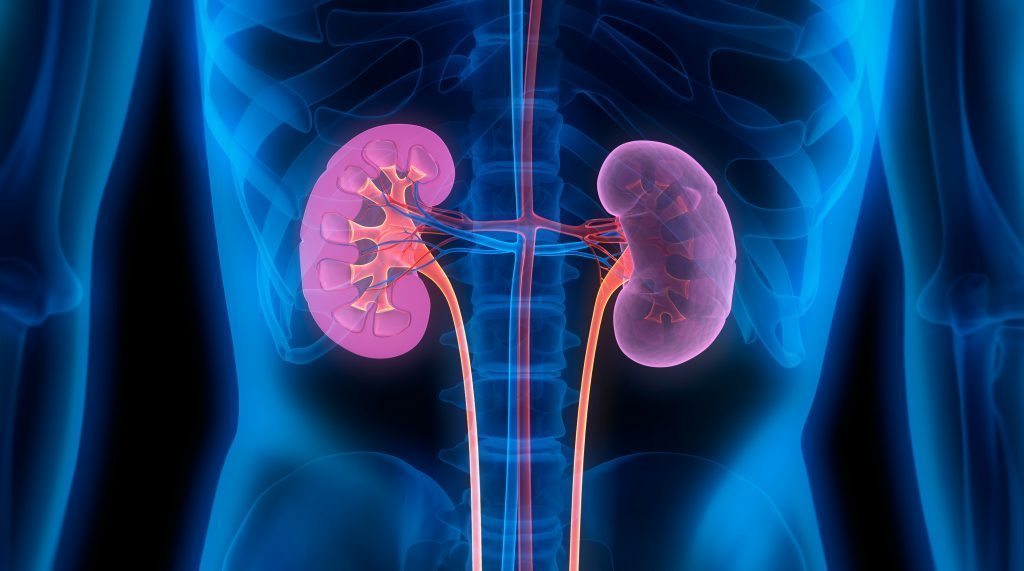Akebia Therapeutics Inc (NASDAQ:AKBA) just gave word of the initiation of its pivotal trial in a second indication for its lead renal anemia candidate, Vadadustat. The company already has one trial running, which kicked off late 2015, in non-dialysis dependent patients with anemia related to chronic kidney disease. This second indication is for the same target, but in patients that are undergoing dialysis. There’s plenty of upside potential on both indications if Akebia can carry them through to approval, so ahead of any progress, let’s take a look at the drug and its potential impact on Akebia’s market capitalization given a successful campaign.
So, the drug. As mentioned, it’s called Vadadustat, and it is part of a family of new in class drugs called HIF prolyl-hydroxylase inhibitors. In normal, healthy individuals, HIF prolyl-hydroxylase is responsible for the breaking down of what’s called HIFa. HIFa is a transcription factor that binds with HIFb, and kicks off the production of EPO and iron transfer proteins – two of the key components associated with maintaining stable and high hemoglobin levels, and in turn, increasing red blood cell production.
In anemia patients, the breaking down of the HIFa by the HIF prolyl-hydroxylase enzyme means the EPR and ITP transcription doesn’t happen to a regular-enough degree, and this leads to the anemia. Akebia’s candidate binds to the HIF prolyl-hydroxylase enzyme, meaning it can’t break down HIFa. This leads to an increased amount of HIFa in the system, which in turn leads to an increased rate of transcription of IPT and EPO. Again, in turn, this leads to an improved hemoglobin and red blood cell level.
It sounds pretty complicated, but it’s not really, it’s just a novel approach to a deficient system in these sorts of patients.
So, what about the trials? Well, as mentioned, one kicked off at the end of last year investigating the efficacy of Vadadustat in anemia patients that are not undergoing dialysis, and this one is well underway. Estimated primary completion date comes in at October 2018, with study completion and topline data expected one month later in November 2018. It’s a pretty wide enrollment, with more than 1000 patients expected to take part. Primary endpoint is the mean change in hemoglobin between base line and the end of the trial. The second trial, the one that just got started, is not yet detailed on clinicaltrials.gov, so we don’t have a study completion date to work with. However, we can use the first trial to put some estimates on the time frames. As such, we expect the just started trial to run for between 30 and 36 months, giving us an estimated study completion date of around second or third quarter 2019. Again, we expect the primary endpoint to revolve around the mean change in hemoglobin from baseline in the patients that are being evaluated. Secondary outcome measures for both studies primarily revolve around safety and tolerability, with adverse events a key focus in both.
So what impact might an approval in these two indications have on Akebia’s market capitalization?
Analysts put a peak sales projection on the drug at somewhere between $220 million and $268 million annually. The company currently has a market capitalization of a little over $278 million, and it is reasonable to assume that an approval in both indications – and the implications this would have for revenues going forward – would boost this market capitalization (based on the prospects for these two drugs alone) by a factor of between seven and ten. As such, we are looking at a minimum market capitalization of $1.9 billion by the end of the decade if these two drugs’ campaigns run smoothly, up to $2.7 billion at the top end.
There is plenty of competition in the space, indeed we just discussed another company working towards getting its already approved kidney disease induced anemia product extended and patent it on that often designation – Ameg – so this must be taken into consideration as a risk factor before taking the plunge and picking up and exposure. With this being said, however, it is definitely want to keep an eye on in the sector moving forward.
